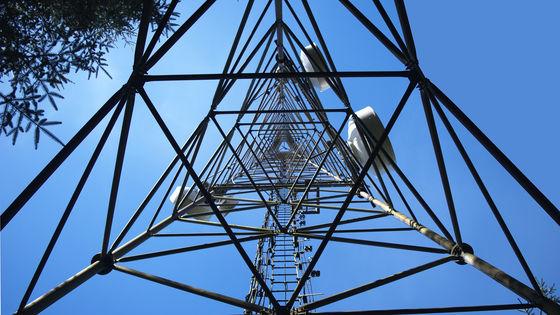As operators around the world race to build 5G networks, some government officials in the United States have begun to regulate the health risks of this next-generation wireless technology.
In 2019, the City Council of Portland, Oregon passed a resolution asking the Federal Communications Commission (FCC) to update its research on potential health risks of 5G (American Academy of Pediatrics, 2013, Mobile Phones in General similar request to the FCC for research into potential uses).
Also, in May 2019, the Louisiana House of Representatives passed a resolution calling on the Louisiana Environmental Standards Agency and the Louisiana Department of the Environment to study the effects of 5G on the environment and health. In the San Francisco Bay Area, some towns, such as Mill Valley and Sebastopol, are waiting for carriers to build 5G infrastructure.
U.S. Congressman Peter DeFazio (Oregon), in a letter to the FCC, expressed his concerns about new technologies related to 5G. "The introduction of 5G technology is imminent, but its implementation will require the installation of hundreds of thousands of 'small cells' in communities, including residential areas, across the country. These installations emit radio waves at higher frequencies than previous generations of communication technology."
In the U.S., there are concerns about 5G, including security issues, potential interference with weather forecasting systems, and the possibility of the FCC taking forceful action against local regulators in the name of hastening 5G deployment. Various problems surrounding the introduction are concerned.

But the health concerns about 5G are exaggerated. For those who weren't originally worried about getting cancer from older-generation telecom services, 5G doesn't bring any new concerns. Rather, it's likely that you don't need to worry about it in the first place.
For the time being, only a small portion of 5G services will use high frequency bands. Even with the high frequency band, there is little evidence that it is more harmful than other electromagnetic waves such as visible light.
The main concern about the health effects of 5G is the high-frequency band ``millimeter waves,'' which is said to achieve a Wave technology.
The problem with millimeter-wave communications is that they are much less reliable for long-distance communications than the low-frequency bands traditionally used by communications carriers. Therefore, to provide reliable and ubiquitous 5G services in the mmWave frequency band, a large number of small access points must be installed.
This raised two concerns. First, mmWave signals can be more dangerous than traditional frequency bands. And with more access points and closer proximity to homes, people may be exposed to more radiation when using 4G services.
But there are other frequency bands that carriers will use to offer 5G services. It's not like we're planning to mainly use millimeter waves.
For example, the most popular 5G service in the US today is provided by T-Mobile, which uses the lower frequencies used by television broadcasts. In contrast, Sprint's service diverts part of the "mid-frequency band" used for 4G to 5G. Verizon and AT&T offer mmWave-based services, but they are only available in a handful of locations.